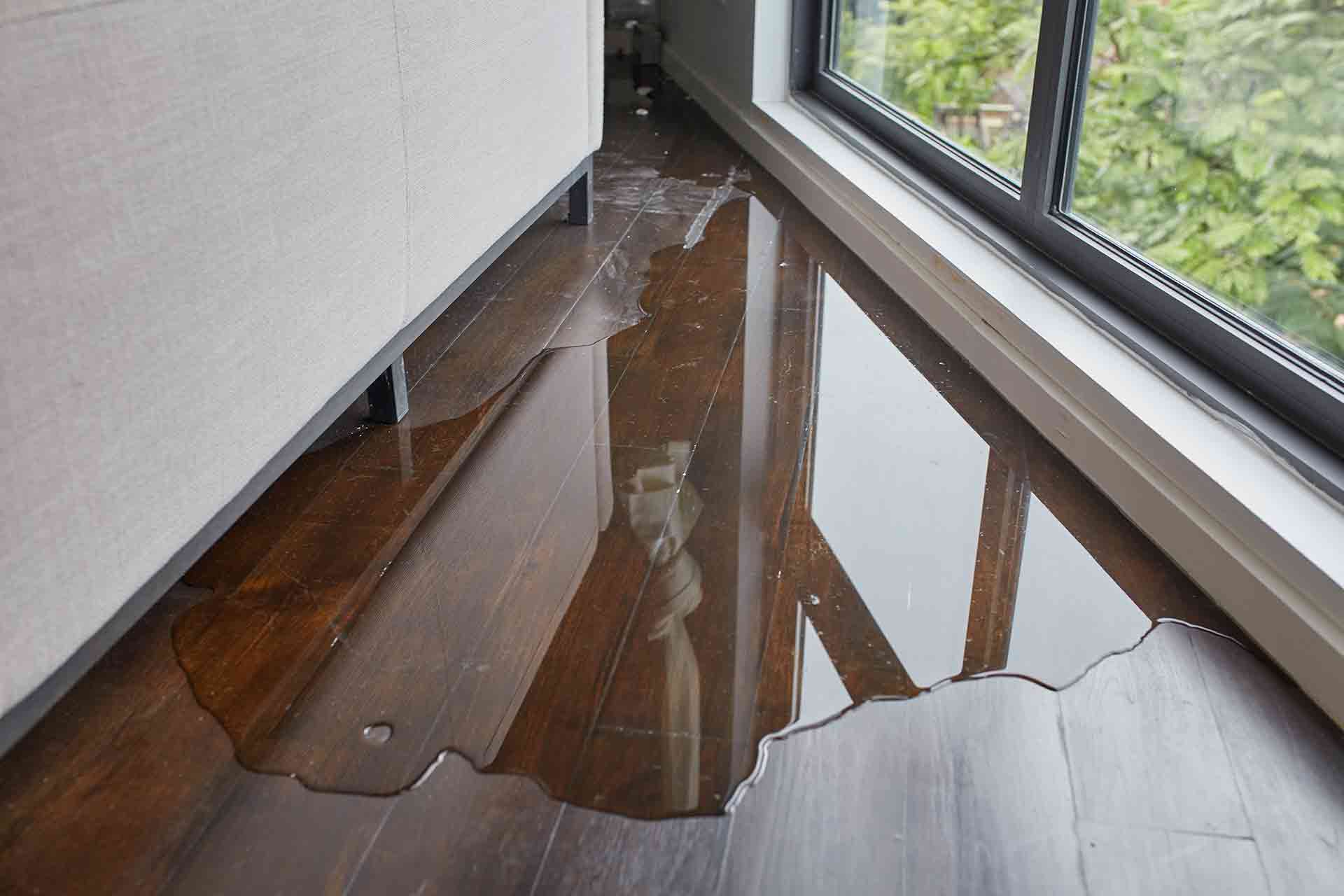Usual Root Causes Of Water Damage in a Bathroom
Call Us NowEverybody may have their own assumption on the subject of How to Fix a Water Damage Bathroom.

The washroom is extremely susceptible for damp buildup and prospective water damages due to the regular use water in it. This article provides straightforward inspection techniques to assist detecting water damage risks.
The constant use water in the bathroom makes it very prone for wet accumulation as well as potential water damage. By examining it on a regular basis, you can lower water related damages.
The adhering to collection of evaluations is very easy to do and also need to be done once in every three months in order to maintain your bathroom in good shape as well as to avoid prospective water problems brought on by the bath tub, the shower, pipeline joints as well as plumbing, sinks, closets, and also the toilet
Do not overlook doing these assessments and also be thorough while performing them. Bear in mind that these basic inspections can save you a great deal of money by supplying very early indications for water damage
Sinks and also Cabinets
Sinks and also closets are revealed to dampness and also moisture everyday as well as are commonly ignored. Evaluate consistently under the sink and also on the counter top over it. Repair any drip in the trap as it may recommend drainpipe troubles. Check out the sink, slow draining pipelines may indicate a blocked drain. Replace sink seals if they are cracked or loose.
Bath tub and also Shower
The shower and also bath tub call for unique interest as well as maintenance. Inspect the ceramic tiles and replace if cracked. Make sure that there is no missing out on cement in between the ceramic tiles. Check as well as replace cracked caulking at joints where the walls fulfill the flooring or the tub. Blocked drains and pipelines troubles will certainly stop the tub from drying and also might suggest major problems beneath the bath tub. Seek advice from an expert right away to prevent architectural damages. Take note of discolorations or soft locations around the tub walls as they may show an interior leak.
Plumbing
Signs for water damages are tough to discover because most pipelines are set up inside the walls.
Pay unique interest to flooring and also walls wetness and discolorations as they may indicate an unseen plumbing problem. Examine dampness degrees in adjoining areas also.
The Commode
The bathroom is a susceptible water joint. Check the water lines and also search for leakages around the bathroom seat, in the hose, and also under the water storage tank. If you detect any type of signs of dampness on the floor around the bathroom, look for leaks in the toilet edge and storage tank seals.
Be aware that hanging bathroom dish deodorants increases the possibilities for obstructions.
Water Damage Signs In The Bathroom To Avoid Cleanup
Musty smell
This is one of the easiest signs to catch because musty smells are so odorous. The damp, earthy, moldy smell should be a big red flag. The smell will develop when moisture gets trapped in surfaces, and begins to facilitate mold growth. Leaking pipes under cabinets, inside walls, and behind shower fixtures will cause moisture to stay trapped and not dry, which will lead to mold growth and spread. As soon as you notice any musty smells in your bathroom, have it checked for hidden water damage and cleanup signs.
Visible mold
If the smell isn’t there to give it away, sometimes you will actually see mold growth. Finding mold in your bathroom is a serious problem, because mold is very harmful to your health. By the time mold growth is visible, it also means that water damage has already occurred and been present for some time. The only way the mold problem can be resolved is to find the source of the moisture and get it stopped. To safely and adequately remove mold, you need to have professionals handle the remediation. Do not waste any time in getting mold problems addressed, fixed, and sanitized so that you can protect you and your family from the many respiratory symptoms caused by mold exposure.
Damaged floors
Bathroom floors should be able to withstand some exposure to water while still remaining in good condition. However, when excess exposure or water leaks occur, they will begin to damage even the most water-resistant flooring. If you notice any cracking, bubbling, staining, or warping on your bathroom floors, there is probably a water leak somewhere causing the distortion. If you notice areas of the floor have become softer, or even have a spongy feeling, there is probably damage to the subfloor. Subflooring is typically made up of plywood. When plywood is exposed to water or moisture, it will absorb it. Once it has become saturated, the weight of the excess water will cause the wood to swell and soften. Check the floors in your bathroom frequently to catch any of these sings before they lead to damaged subflooring.
Changes on walls
When water leaks behind walls, it will cause changes in the drywall. Peeling plaster, blistering paint, and soggy wallpaper are all good indicators that excess water is building up behind the wall. Water leaking behind drywall will cause it to swell and be soft to the tough. If you start to notice gaps along the trim of your walls, or where tile meets the wall, it could also be a strong indicator that there is a leak behind the wall. Any changes, distortion, or damage on the walls should be evaluated as soon as you notice it to prevent further water damage and cleanup.

I came across that piece about Preventing Water Damage in the Bathroom when exploring the web. Enjoyed our blog? Please share it. Let another person locate it. I praise you for your time. Kindly visit our site back soon.
Request An Appointment